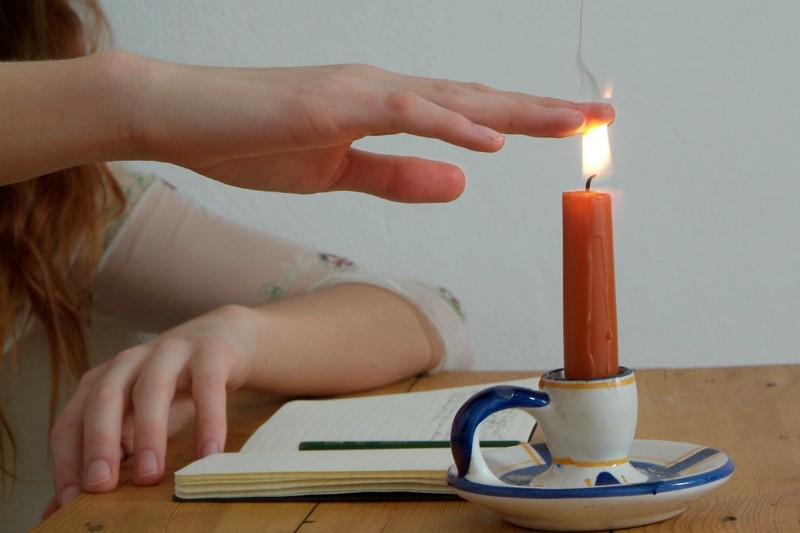
A woman born unable to feel pain, it hurt for the first time — thanks to the drug that is usually prescribed to overdose from opiates. It burned with a laser and she quite liked the experience. This breakthrough could lead to powerful new methods for treating painful conditions like arthritis. Only a few people worldwide are born unable to feel pain. They often suffer from a number of injuries in early childhood. Children with this feature chew their finger nails and lips until they bleed and kids are getting hurt, not feeling strong blow, a fall or collision with a sharp or hot objects.
This disorder is caused by a rare genetic mutation that leads to the absence of ion channels, transporting sodium on sensitive nerves. Without these channels (known as channels Nav1.7) nerve cells can’t transmit pain. Scientists, inspired by this state of Affairs, trying to create compounds that block the Nav1 channels.7, assuming that they can block pain in people without this mutation.
“It was like a fantastic drug carousel, says John wood of University College London. — Drug companies went crazy and started to develop a bunch of drugs”. Although some compounds were marked by some success, none of them resulted in complete loss of pain, like humans, do not have the channel.
No pain, no reaction
To learn why wood and his colleagues studied mice that were genetically engineered to lack Nav1.7. These animals do not feel pain — do not show any reaction, if their tails are exposed to extreme hot or cold temperatures, for example.
A detailed analysis of the nerves in rodents has shown that mice lacking Nav1.7, have increased expression of genes responsible for opioid peptides, natural killer body. It seemed that mice produce more of these painkillers peptides, which could explain why people without channels, also not feel pain.
If that were so, figured wood, a drug that blocks the action of opioid peptides could reverse the disorder. Therefore, when the team gave the mice naloxone — a drug that blocks opioid receptors, used to treat overdoses of morphine and heroin, — animals could feel pain again.
Moreover, the team saw the same effect in humans. When 39-year-old woman who has never felt pain in my life, gave naloxone, for the first time she could feel the pain from the hot laser. “You think she’d like this experiment,” says wood. The woman, who wished to remain anonymous, said that he hoped that this drug will be used for the treatment of children with this disorder.
Wood, however, is not so sure, because the long-term use of naloxone may have side effects. But the opposite approach can be used to treat pain. When his team gave mice the Nav1 channel blockers.7 together with opioid medications, they no longer feel any pain.
Mice in this experiment felt as much pain as mice that lack Nav1 channel.7 from nature, says wood. He has already registered a patent for the use of two drugs for pain relief.
Kenji Ocus from Imperial College London believes that the work of scientists could change the medical approach to the treatment of pain conditions, but needs further examination. “The opiate blockers and the Nav1.7 can be very strong analgesics, but this will not necessarily be good for patients. If we choose the route of combination therapy, people will be forced to take opioids throughout life that it is difficult to welcome”.
